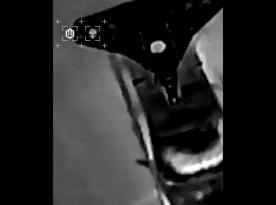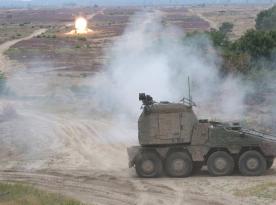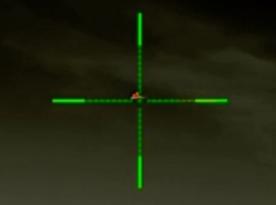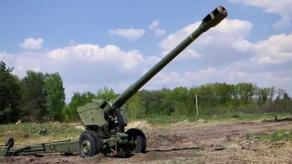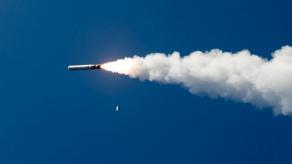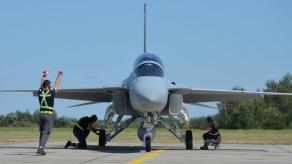The Switchblade 600 loitering munition by American AeroVironment is supplied to the Defense Forces of Ukraine on a regular basis. It still remains a relatively rare model, especially in comparison with other kamikaze drones.
This is why some details about this mean of destroying the enemy at a range of about 40 km remained unknown. However, russians published some photos of a fairly intact Switchblade 600.
Read more: Amid Use of Anti-aircraft FPV Drones by Ukrainians, russians Begin to Install Rear-view Cameras on Their UAVs (Photo)
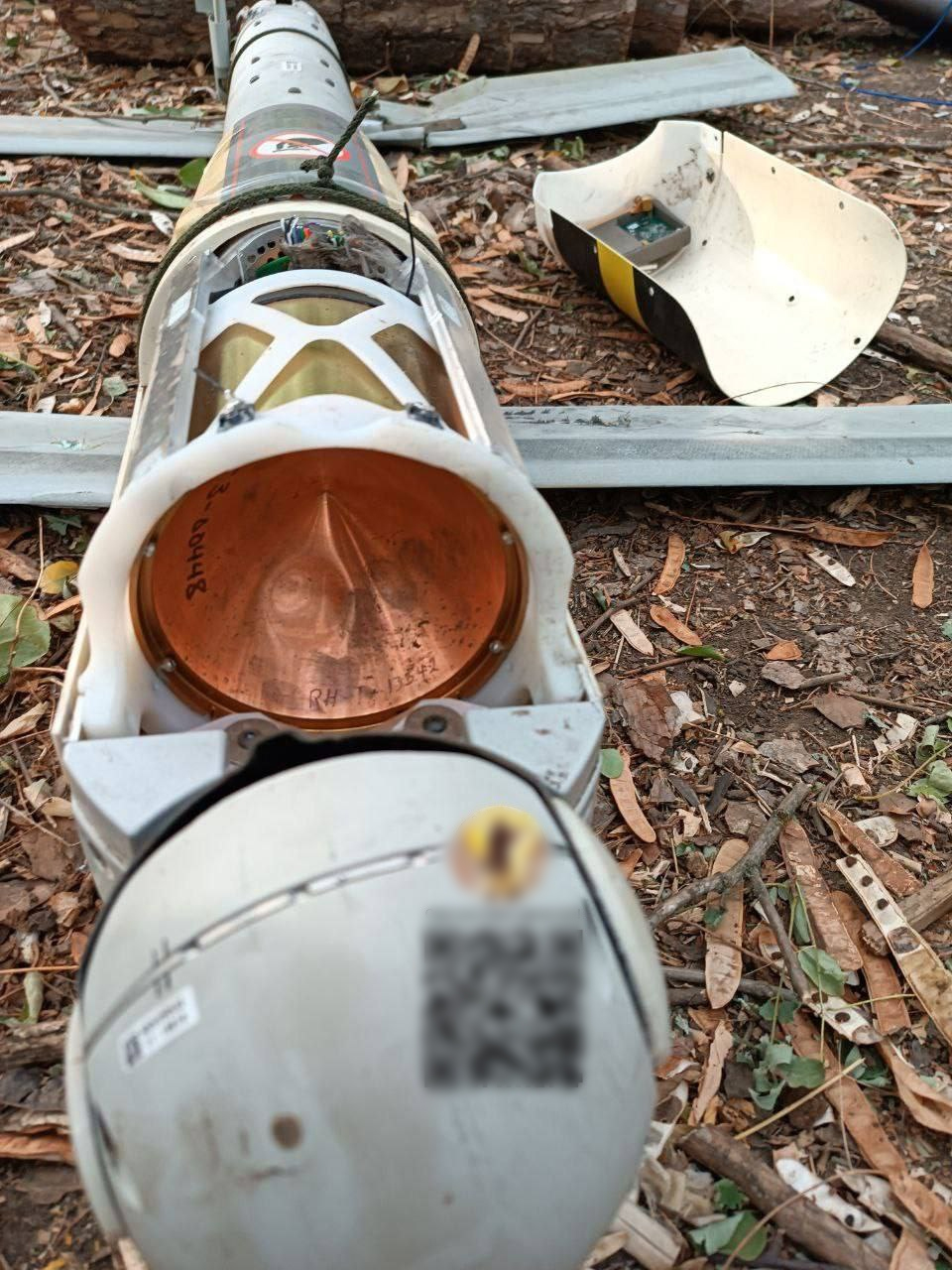
Apparently, the sample fell either due to a technical malfunction or was suppressed by electronic warfare. As a result of the fall, only its tail assembly was damaged. At the same time, part of the fuselage was removed by russian sappers to access the warhead. In particular, this is evidenced by the rope tied to the drone to take the fuselage down.
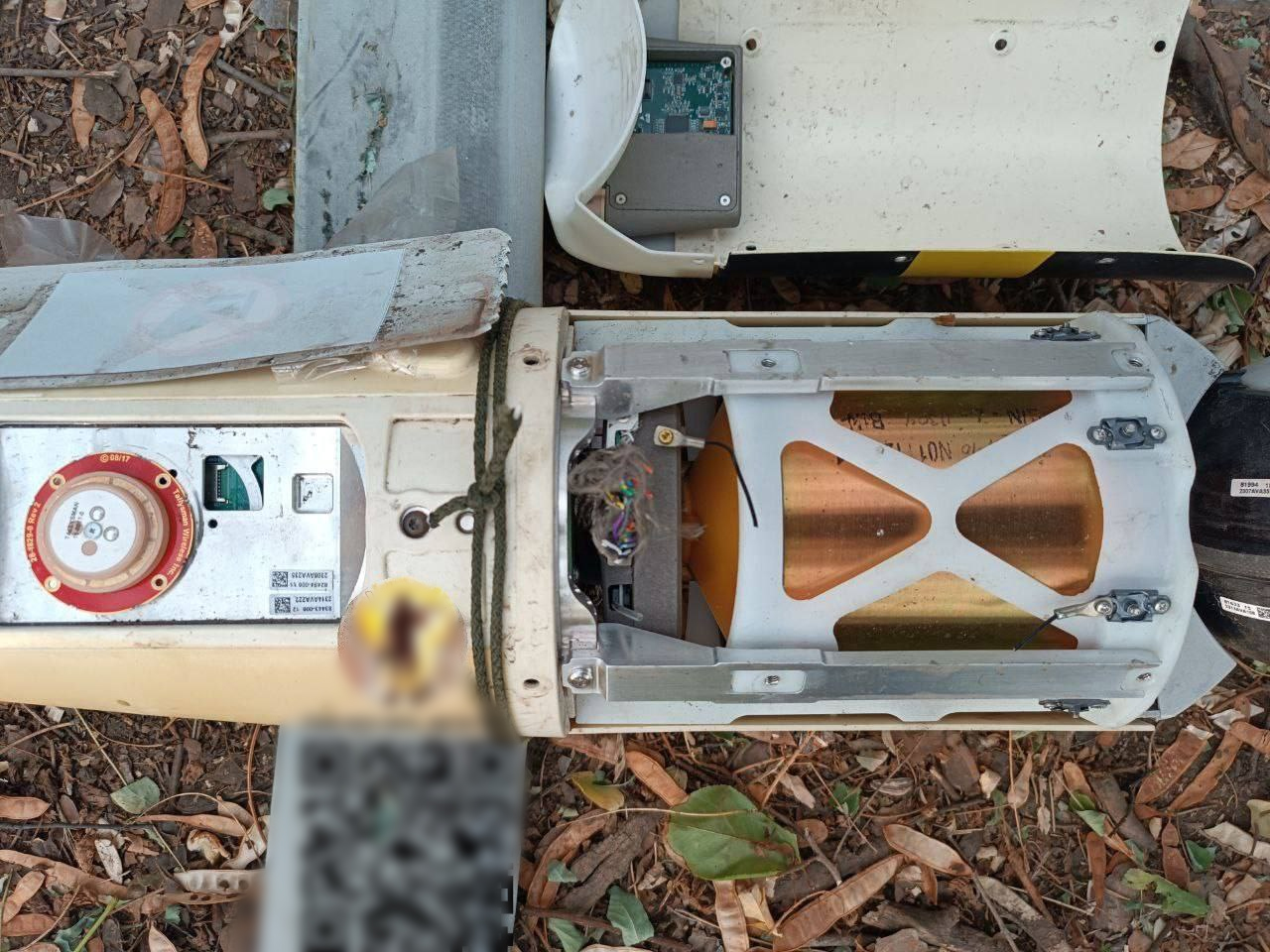
At the same time, the Switchblade 600's cumulative warhead, which according to the drone's description was declared equivalent to the warhead of the Javelin ATGM, deserves attention. But as it turned out, it falls a little short of the equivalent.
In particular, the Javelin is equipped with a tandem warhead, the first charge of which eliminates reactive armour. At the same time, the Switchblade 600 has a single warhead, which means that it will not be effective against tanks and, in some cases, even against infantry fighting vehicles with reactive armour.
It should also be added that in the new version of the Javelin, the FGM-148F, which has been in mass production since 2020, Lockheed Martin is installing new warheads with increased fragmentation effect. This happened due to the US Army's requirement to make this anti-tank missile more versatile and effective against light armored vehicles, enemy manpower, and unarmored objects. Unfortunately, the warhead of the Switchblade 600 has not undergone similar changes.
It should also be noted that this is not the first time that russians have received a Switchblade 600 in a condition that allows them to study it. In particular, its more fragmented wreckage were published in July of this year.
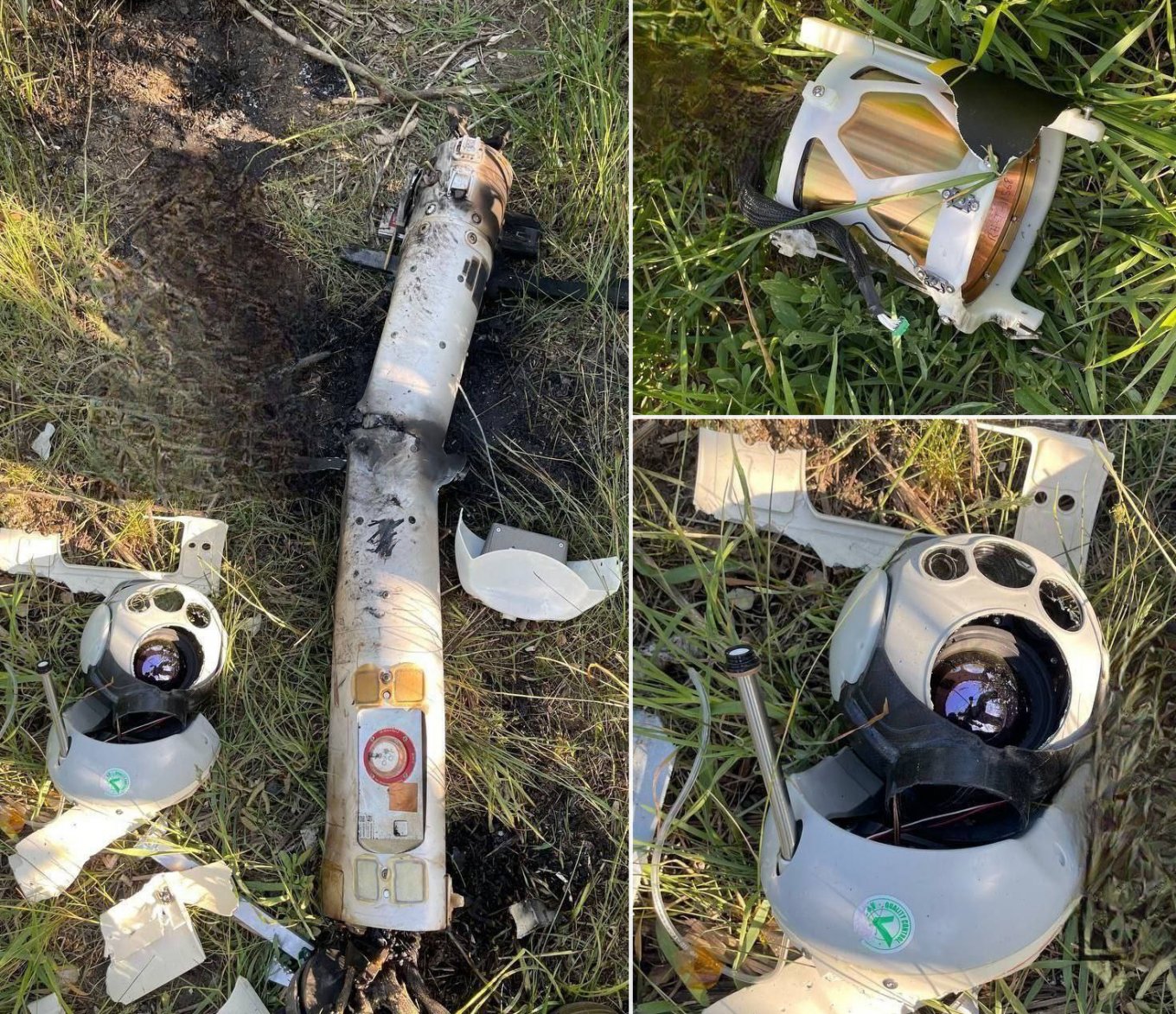
Earlier Defense Express reported that the russian Orion UAV had been crashed in the city of Taganrog.
Read more: Quantum Systems, Airbus and Spleenlab Advance Drone Swarm Technology, How It’ll Affect Ukraine





